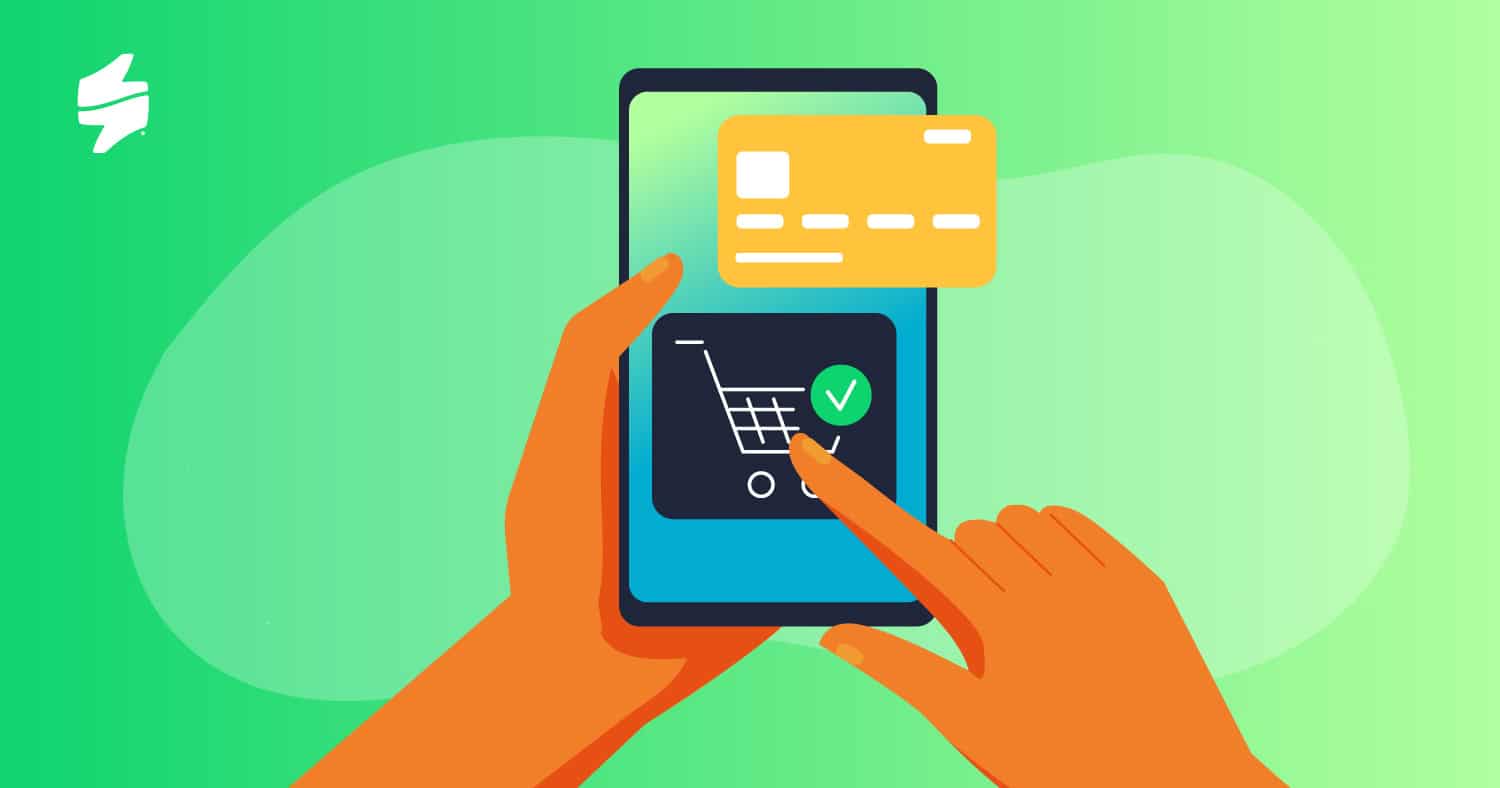In today’s digital world, the battleground for consumer loyalty has shifted online. Businesses are no longer just competing on product quality or price; the digital CX they offer can make or break their relationship with customers. This is especially true in the B2C (business-to-consumer) sector, where personalisation, convenience, and speed are not just appreciated but expected.
Digital experience solutions are the game-changer in this arena. In this article, we will discuss how to use them to deliver unparalleled customer experiences that drive loyalty and growth.
Understanding Digital Experience in the B2C Context
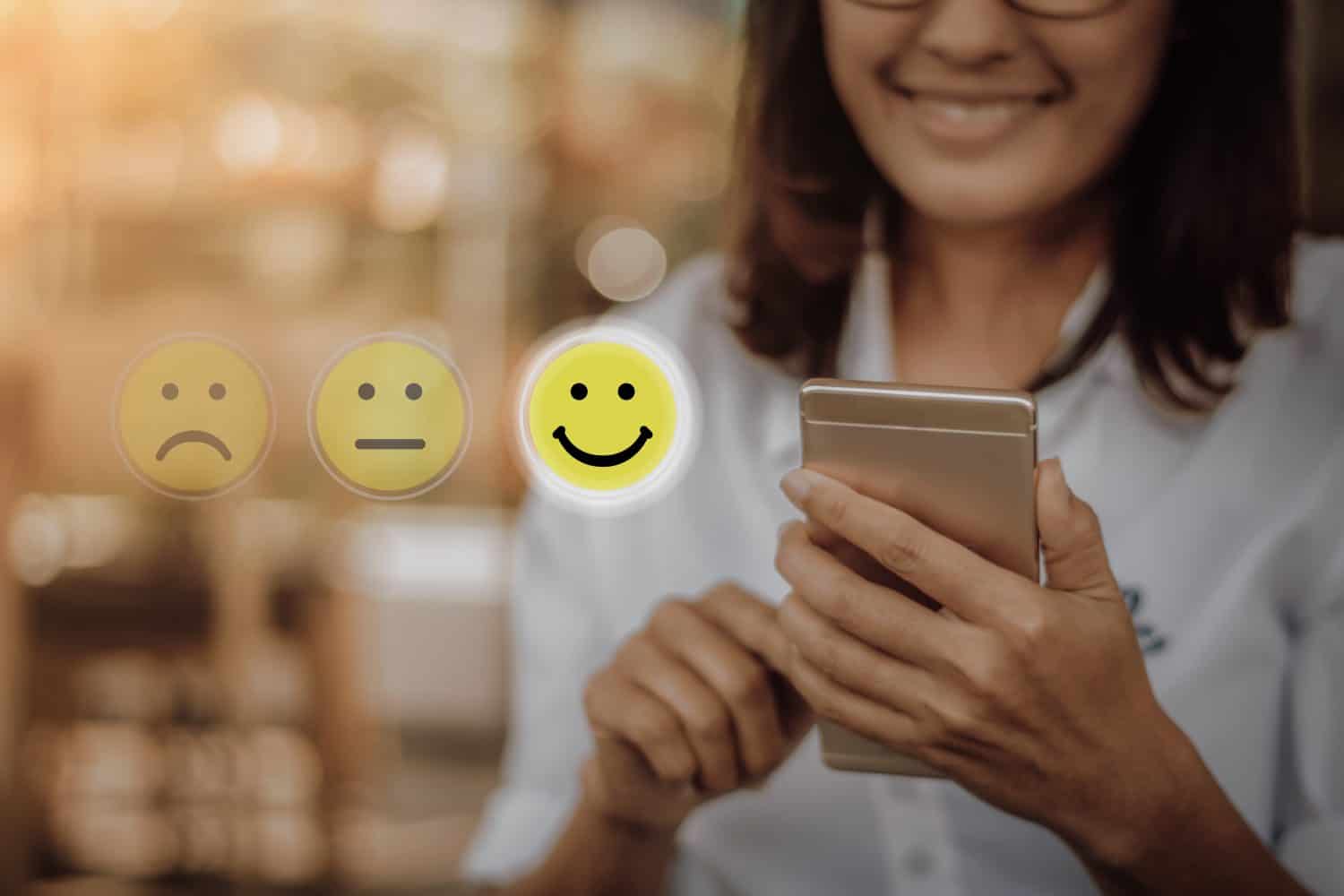
Before diving deeper, it’s crucial to understand the definition of B2B and B2C (business-to-business and business-to-customer) models, as the digital experience strategies for each can significantly differ.
- B2C customer experience focuses on the end consumer, emphasising emotional engagement, personalised interactions, closing the loop and seamless omnichannel experiences.
- In contrast, B2B customer interactions are more relationship-driven, with an emphasis on long-term partnerships and value-added services.
Digital experience management in B2C, therefore, requires a nuanced approach that prioritises customer delight at every touchpoint.

Transform Your Customers' Experiences
Create a bulletproof customer journey with tailored CX products and services that will foster loyalty and reduce churn.
Examples of Digital Experience Services in B2C
Digital experience services in the B2C sector are designed to enhance the interaction between a business and its external customer through digital channels. Below are some of the most common instances of digital experience services in B2C:
1. E-Commerce platforms: E-commerce platforms are online marketplaces where businesses sell products or services directly to consumers. These platforms should offer features like personalised product recommendations, easy checkout processes, and customer reviews to enhance the shopping experience. Examples include Amazon, eBay, and Shopify stores.
2. Mobile applications: Many businesses develop mobile apps to offer customers a more convenient and personalised way to interact with their brands. These apps can provide functionalities like push notifications for deals, loyalty programs, and augmented reality (AR) features to try products virtually.
3. Social media engagement: Businesses use social media platforms (like Facebook, Instagram, and Twitter) to engage with consumers by sharing content, responding to queries, and running targeted advertising campaigns. Social media allows for a more interactive and immediate connection with the audience.
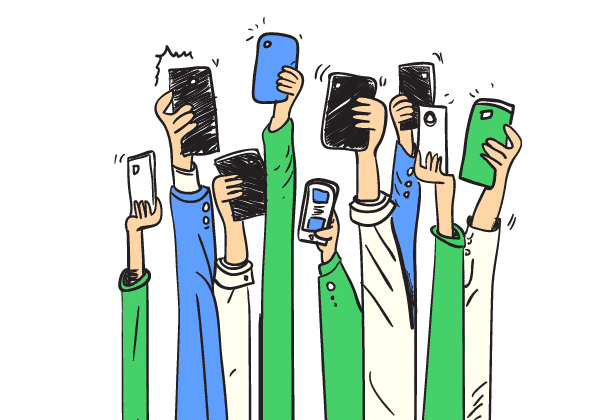
4. Customer support chatbots: Chatbots are AI-powered tools that provide instant customer support through messaging on websites, apps, or social media platforms. They can answer FAQs, guide users through the website, and even assist in the shopping process, improving the overall customer service experience.
5. Personalised email marketing: Email marketing tools enable businesses to send personalised emails based on customer behaviour and preferences. This can include birthday discounts, abandoned cart reminders, and newsletters tailored to the interests of the recipient, thereby enhancing the customer relationship.
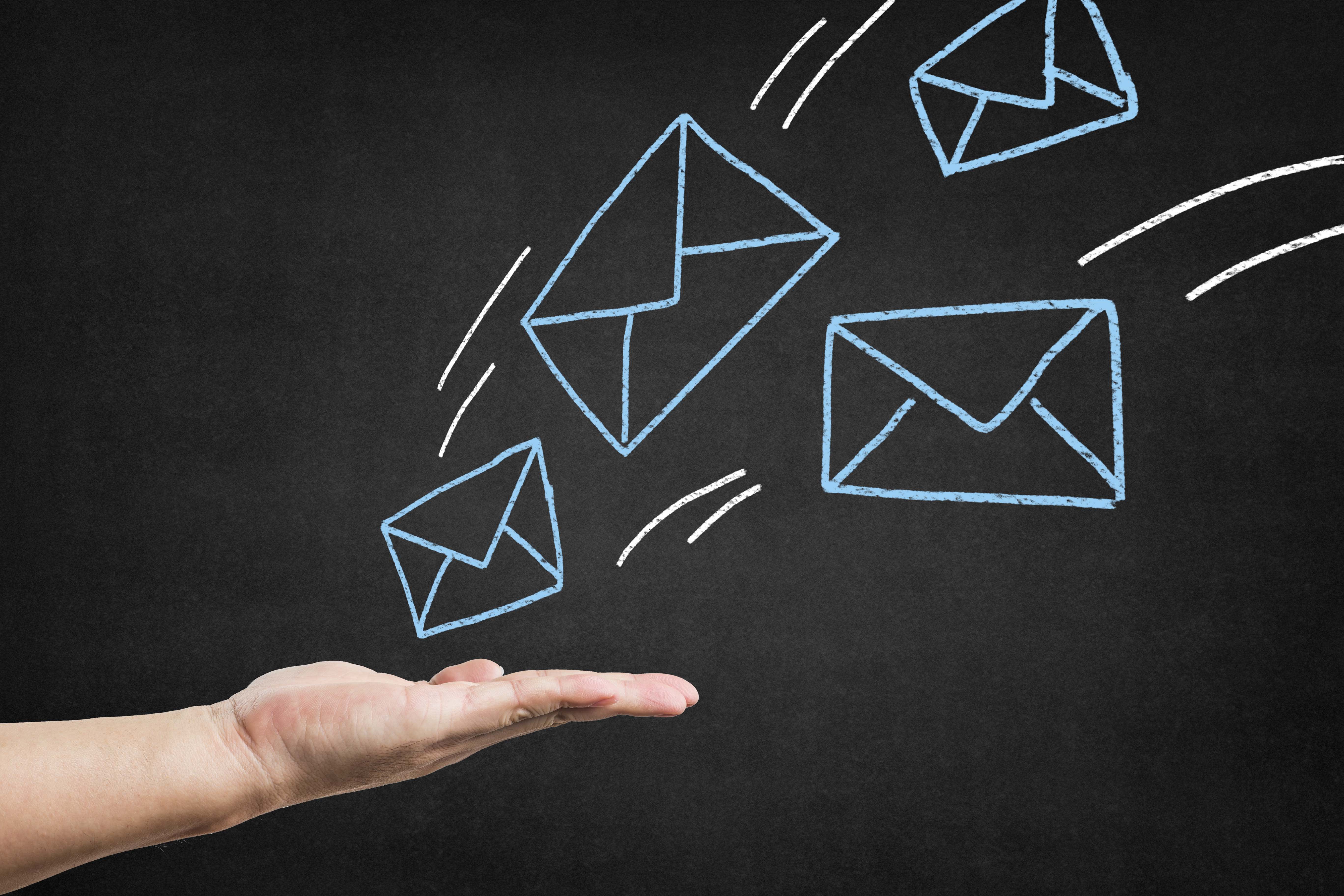
6. Augmented reality (AR) experiences: AR technology allows customers to visualise products in their own environment before purchasing. This is particularly popular in the furniture and fashion industries, where customers can see how a piece of furniture would look in their room or how a piece of clothing would look on them.
7. Content Management Systems (CMS): CMS platforms enable businesses to create, manage, and optimise their digital content across websites and blogs. This helps in providing a consistent and engaging content experience that attracts and retains customers.
8. Loyalty and rewards programs: Digital loyalty programs reward loyal customers (NPS promoters) for their repeat business with points, discounts, or exclusive offers. These programs are often managed through a mobile app or website, making it easy for customers to track their rewards and for businesses to personalise offers.
The Role of Digital Experience Solutions
Digital experience solutions encompass a broad range of technologies, such as digital experience software, employee engagement software, and digital experience analytics platforms. These tools enable businesses to create, manage, and optimise every aspect of the digital customer journey.
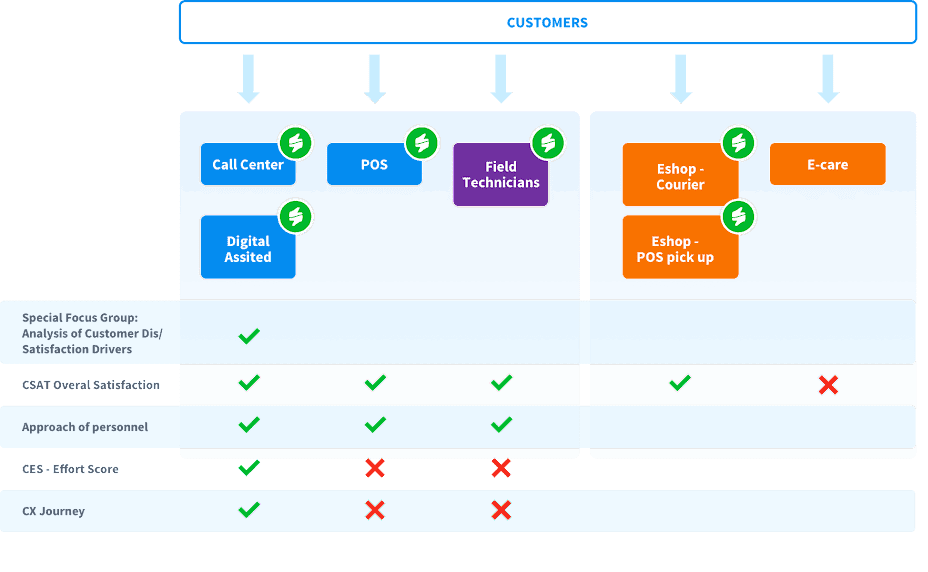
From the initial website visit to post-purchase support, digital experience technology ensures that every interaction is smooth, engaging, and personalised.
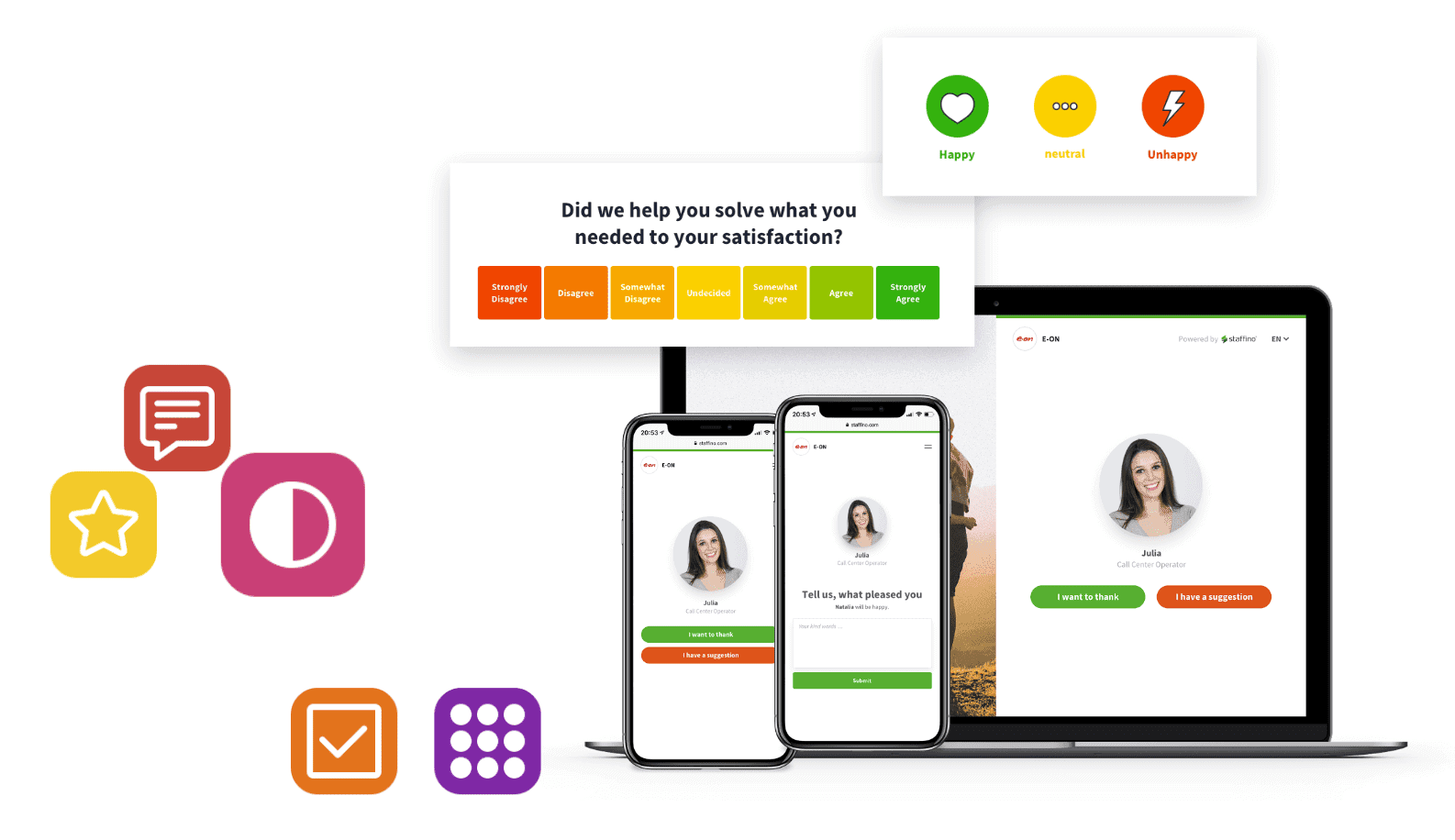
One of the best digital solutions for elevating the B2C customer experience is leveraging digital experience analytics platforms. These platforms provide invaluable insights into customer behaviour, preferences, and pain points, allowing you to tailor their offerings and interactions to meet and exceed customer expectations.
Digital Experience Services Expand Beyond the Customer
While much of the focus on digital experience is customer-facing, it’s important not to overlook the internal benefits these technologies can offer. Employee recognition and engagement are crucial for delivering exceptional customer service, and digital solutions play a pivotal role here as well.

Digital Employee Recognition
What is employee recognition and how to implement it in the digital realm? Employee recognition is a huge aspect of nurturing a positive workplace culture where employees feel valued and acknowledged for their contributions. Specialised recognition tools, like those offered by Staffino, transform traditional employee recognition programs into engaging, interactive experiences.
Staffino’s platform seamlessly integrates into the digital workplace, enabling you to acknowledge and celebrate you customer-facing employees’ achievements in real-time.

Among some of its employee recognition examples are the shout-outs from the managers, which always feel nice and encouraging. Then, there are the kudos that come straight from happy customers. Nothing beats a heartfelt thanks for a job well done.
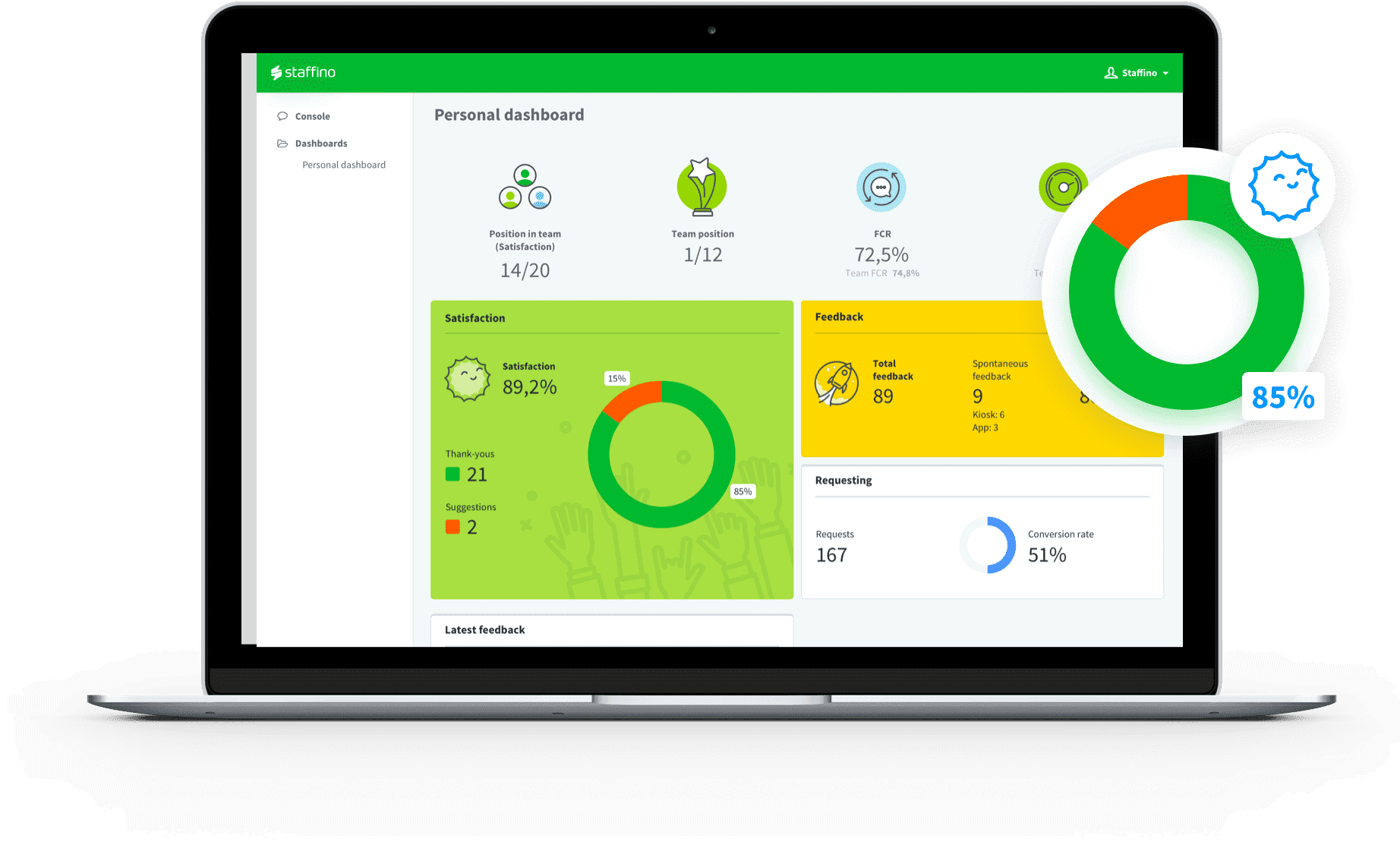
This immediate recognition for contributions towards customer satisfaction not only boosts morale but also encourages a more motivated, engaged, and customer-focused team.
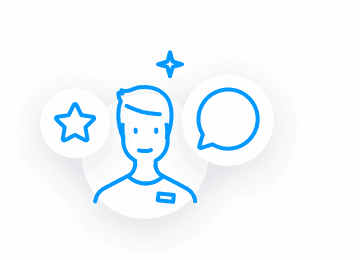
Give Your Employees the Recognition and Motivation They Deserve
Does your team need a little extra motivation? Our platform provides powerful insights into your team’s performance and various recognition tools that help ensure everyone feels appreciated.
Gamification in the Workplace
An innovative approach to employee recognition is the use of employee gamification. By using the principles of game design and mechanics, this approach fosters employee motivation, a competitive yet collaborative atmosphere, and ultimately drives productivity.

It transforms mundane tasks into exciting challenges, rewards achievements in real-time with fun virtual badges, and promotes a culture of continuous improvement among team members.
Let’s dive into a real-world story that showcases the power of gamification in creating a great digital customer experience. Take our client, the online marketplace MALL.CZ, for instance. They decided to spice things up at their call centres by introducing gamification. And guess what? It was a hit!
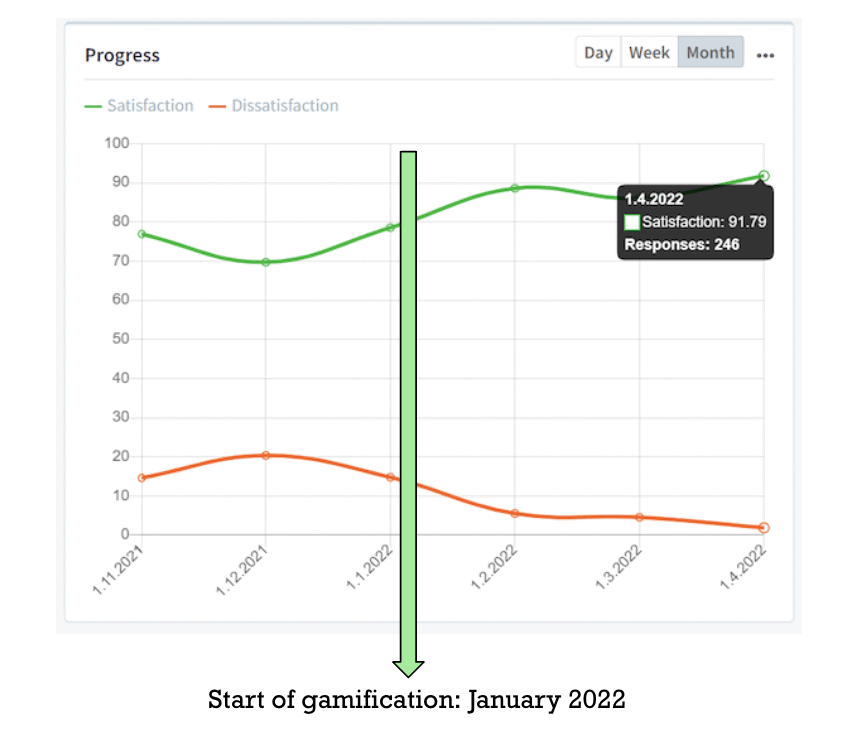
In those call centre teams where managers really got behind the idea and promoted it well, customer satisfaction with call centre interactions jumped by 2 to 10%.
The Future of B2C Customer Experience
As digital experience technology continues to evolve, so too will the possibilities for enhancing the B2C customer experience. Businesses that invest in digital experience solutions, from advanced analytics platforms to employee recognition programs, will be well-positioned to lead the pack. The future of B2C customer experience is not just about meeting expectations but exceeding them in innovative and delightful ways.

Get a First-Hand Experience Today!
Staffino is the perfect tool for creating engaging surveys, tracking performance, responding to customer feedback, and rewarding top employees. Get started today with our FREE demo!
